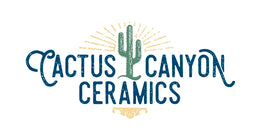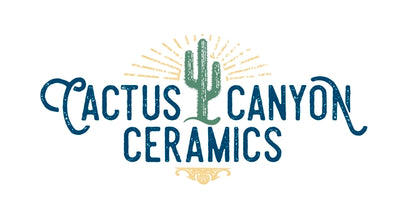Ever wondered how garden pots are made in Mexico? And I am talking about traditional pottery that is low temperature fired using wood as a fuel? Well, let me tell you.
First, I should clarify that there are many garden pot businesses in Mexico, and many use modern machinery such as hydraulic presses and gas fired kilns. But, there is a surprising or rather incredible amount of pottery produced by artisans using the same techniques that have been used for decades, if not centuries.

Clay
Nothing can happen unless artisans have easy access to a good supply of soil that is appropriate for making the clay to form the pot. Communities spring up around sources of clay, and many people become involved in the production of ceramic pieces. But it starts with the clay.

The qualities of the clay are different in each area. The clay utilized outside of Guadalajara is not fine and leads to a more crumbly clay when mixed.

In most cases where traditional techniques are used in Mexico, the clay is mixed "old school", ...that is by hand with a shovel (also feet and hands) and water (see the photo above).
The idea is mix it up to form clay. Below is photo of clay mixed up and ready for the forms.

Forms
Once the clay is ready, the pots are made by hand using forms. Please examine the photos below. You will see many sizes and shapes of forms used to produce pots.

Also in the photo, you can see freshly pressed pots. Some are standing in the upper right hand corner of the photo, and other newly formed pots are still in the forms or resting on top of the forms (middle lower section of photo).
Kilning of the Planters
The new, raw clay pots are left to rest until the clay firms up enough to handle. Then the pots are fired in a traditional kiln at a temperature approaching 800 Celsius. Most of the garden pots I found in and around Guadalajara, Mexico were fired with the traditional kilning method. Below is video showing Angel shoveling wood debris into the kiln fire. Notice that the kiln is a brick kiln and not air tight. Just walking around the exterior of the kiln brought out a sweat.
The Decoration of a Planter
Once fired, the pots are finished in a number of different ways, including by artisans hand painting a design on them. Below is a video of Fausto Garcia hand painting a rather large terracotta pot. Fausto free hands his painting. He does not use any methods to transfer an image to a pot before he starts painting. He just free hand paints the design each time. Rather incredible.
Below is a photo of another pot finishing technique involving the application of colors with rags. In few cases did I find pots in or near Guadalajara that had a glaze finish. None were glazed. FYI, a glaze finish will make the planter and the decoration of the planter last a longer time, ...usually.

Summary
Cactus Canyon Ceramics is a business dedicated to merchandising artisan produced products, - especially pottery. To date, all of our products have been produced by Spanish artisans. For some time we have considered working with Mexican artisans as well as the Spanish artisans.
During a trip to Guadalajara, Jalisco, Steve (owner/operator of Cactus Canyon Ceramics), explored several pueblos known for their artisan wares. And Steve found many opportunities to visit artisan workshops to better understand how the artisans produce their products.
As a result, Cactus Canyon Ceramics is one step closer to offering Mexican artisan wares through our online store.
Questions and comments are welcome. Thanks for reading.


